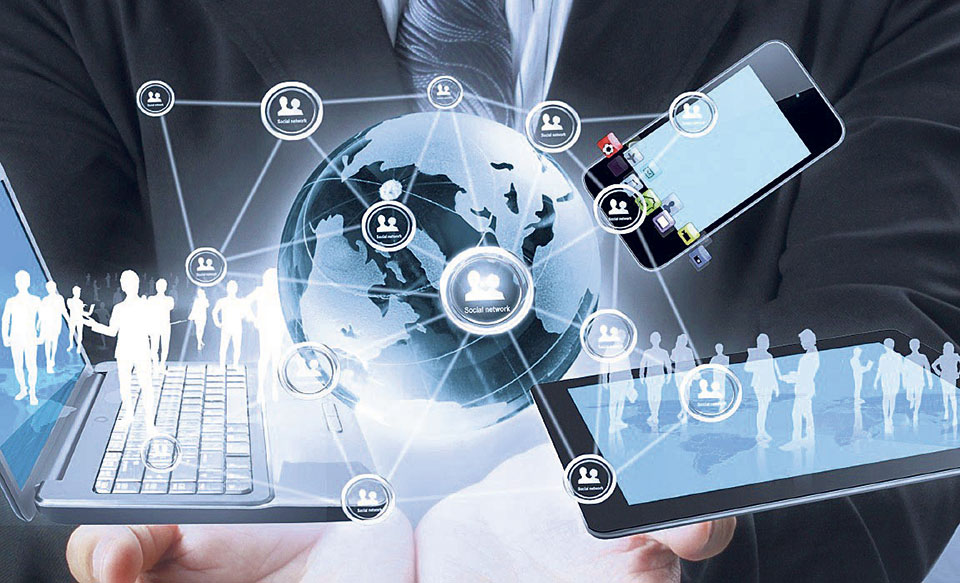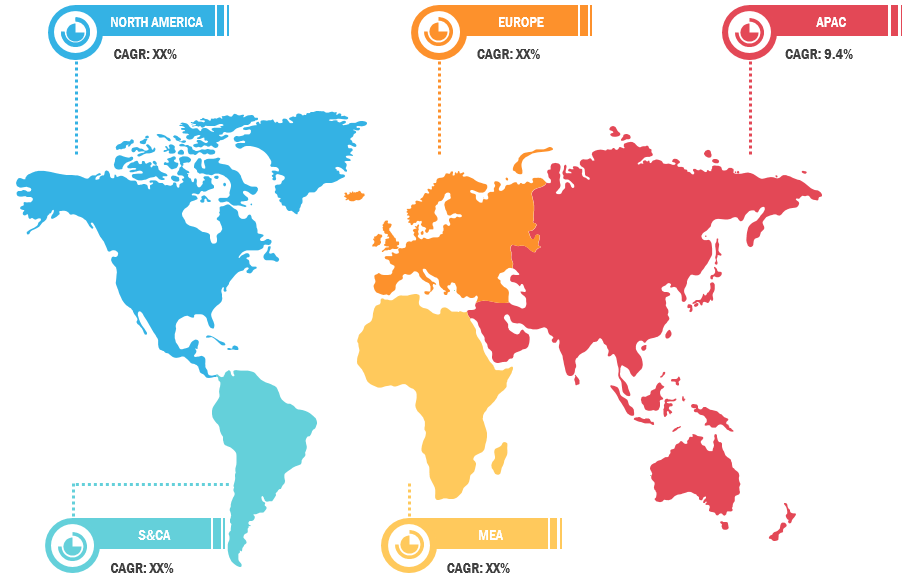In the age of rapid technological advancement, Artificial Intelligence (AI) has emerged as a powerful tool that is reshaping various industries, and education is no exception. The integration of AI services in education has opened up new possibilities, transforming the way we learn, teach, and interact with educational content. In this article, we will delve into the realm of Artificial Intelligence services and their application in education, unraveling the mechanisms that drive this transformation.
Understanding AI Services
Before we dive into the realm of AI in education, let’s first understand what AI services are. AI services are specialized tools and applications that leverage the capabilities of artificial intelligence to perform tasks that typically require human intelligence. These services encompass a range of technologies, including machine learning, natural language processing, computer vision, and more. They are designed to analyze data, recognize patterns, and make informed decisions based on the information they gather.
AI services can be broadly categorized into two types: pre-built services and custom-built services. Pre-built services are off-the-shelf solutions that offer specific functionalities, such as language translation, image recognition, sentiment analysis, and more. Custom-built services, on the other hand, are tailored to meet unique business or industry requirements and are developed with specific use cases in mind.
The Role of AI in Education
Education is undergoing a paradigm shift, and AI is at the forefront of this transformation. AI technologies are being harnessed to create innovative solutions that enhance the learning experience for students and educators alike. Here are some key areas where AI is making a significant impact:
- Personalized Learning
One-size-fits-all education is becoming a thing of the past, thanks to AI-driven personalized learning. AI services can analyze students’ learning patterns, strengths, and areas of improvement to create customized learning paths. This approach ensures that each student learns at their own pace and receives targeted assistance in areas where they struggle.
- Intelligent Content Creation
AI services are being used to develop intelligent content creation tools. These tools can generate educational materials, quizzes, and assessments based on the learning objectives and curriculum. This not only saves educators’ time but also ensures that the content is aligned with the desired educational outcomes.
- Virtual Assistants and Chatbots
AI-powered virtual assistants and chatbots are becoming valuable resources in education. They can provide instant support to students, answer their queries, and guide them through various processes. These virtual assistants are available 24/7, offering a level of accessibility that traditional methods can’t match.
- Grading and Assessment
Grading a large number of assignments and assessments can be time-consuming for educators. AI services can automate this process by evaluating assignments, quizzes, and tests, providing timely and consistent feedback to students. This allows educators to focus more on addressing individual learning needs.
- Early Detection of Learning Difficulties
Identifying students who might be struggling with learning difficulties early on is crucial for providing timely interventions. AI services can analyze students’ performance data and behavior to flag potential issues. This enables educators and parents to take proactive measures to support these students effectively.
How AI Services Work in Education
The functioning of AI services in education involves a combination of data processing, machine learning, and human interaction. Here’s a simplified breakdown of how AI services work in an educational context:
- Data Collection: AI services rely on a vast amount of data to function effectively. This data can include student performance records, curriculum materials, online interactions, and more.
-
Data Preprocessing: Before AI algorithms can be applied, the collected data needs to be preprocessed. This involves cleaning the data, handling missing values, and transforming it into a suitable format for analysis.
-
Machine Learning Algorithms: AI services often use machine learning algorithms to analyze patterns in the data. For instance, in personalized learning, algorithms identify trends in student performance and use this information to adapt the learning content.
-
Model Training: Machine learning models are trained using historical data to make predictions or decisions. In education, this could involve training a model to predict student performance based on their past behaviors.
-
Real-time Analysis: Once trained, the AI model can perform real-time analysis. For instance, virtual assistants can process students’ queries and provide immediate responses by matching the query with relevant information.
-
Continuous Learning: AI models can learn and improve over time. Feedback from educators and students can be used to refine the algorithms and enhance the accuracy of predictions and recommendations.
-
Human Interaction: While AI services automate many tasks, they often work in tandem with human educators. The insights provided by AI can guide educators in making informed decisions about curriculum design, interventions, and teaching strategies.
Ethical Considerations and Challenges
As AI services become more integrated into education, it’s crucial to address the ethical considerations and challenges that come with this transformation. Some of the key concerns include:
- Data Privacy and Security
AI services require access to sensitive student data. Ensuring the privacy and security of this data is paramount to prevent breaches and misuse.
- Bias and Fairness
AI algorithms can inadvertently perpetuate biases present in the training data. It’s essential to continually assess and mitigate biases to ensure fairness in educational outcomes.
- Human-AI Balance
While AI can automate many tasks, the human element in education remains irreplaceable. Striking the right balance between AI and human interaction is essential for effective learning.
- Skill Gap among Educators
Integrating AI services requires educators to acquire new skills. Ensuring that educators are adequately trained to use these tools effectively is a challenge that needs to be addressed.
The Future of AI in Education
The future of AI in education is promising. As technology advances and AI services become more sophisticated, we can expect even greater transformations. Here are some potential developments:
- Advanced Learning Analytics
AI-driven learning analytics will provide educators with deeper insights into student performance, enabling more targeted interventions and personalized learning experiences.
- Seamless Collaboration
AI can facilitate seamless collaboration among students and educators, enabling real-time feedback and interaction regardless of geographical constraints.
- Lifelong Learning
AI services can play a crucial role in promoting lifelong learning by offering personalized upskilling and reskilling recommendations based on individuals’ career goals and industry trends.
- Inclusive Education
AI-powered tools can cater to diverse learning needs, making education more inclusive for students with disabilities or different learning styles.
Conclusion
The integration of AI services in education is revolutionizing the way we learn and teach. From personalized learning paths to virtual assistants, AI is enhancing the educational experience in ways previously thought impossible. As we continue to explore the potential of AI in education, it’s important to navigate the ethical challenges and ensure that technology remains a tool for empowerment. The future of education is undoubtedly AI-assisted, and by embracing this transformation, we can unlock a world of possibilities for learners of all ages.





